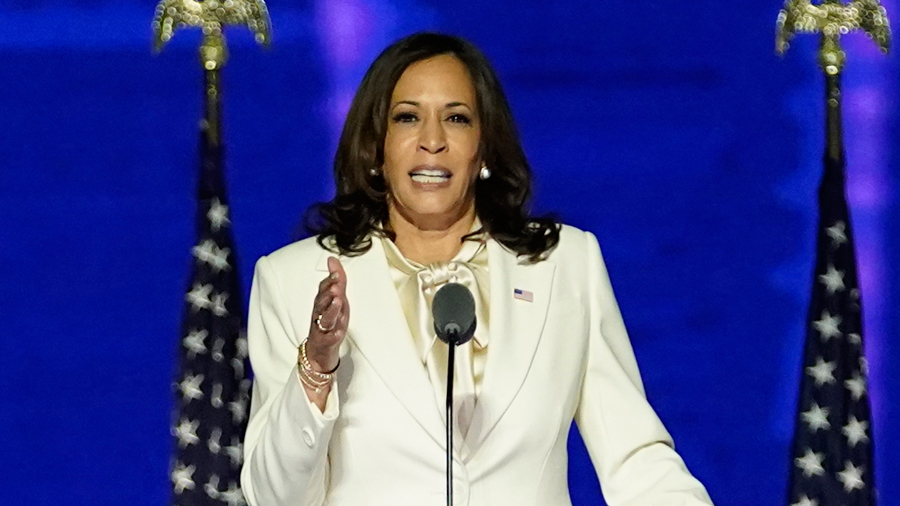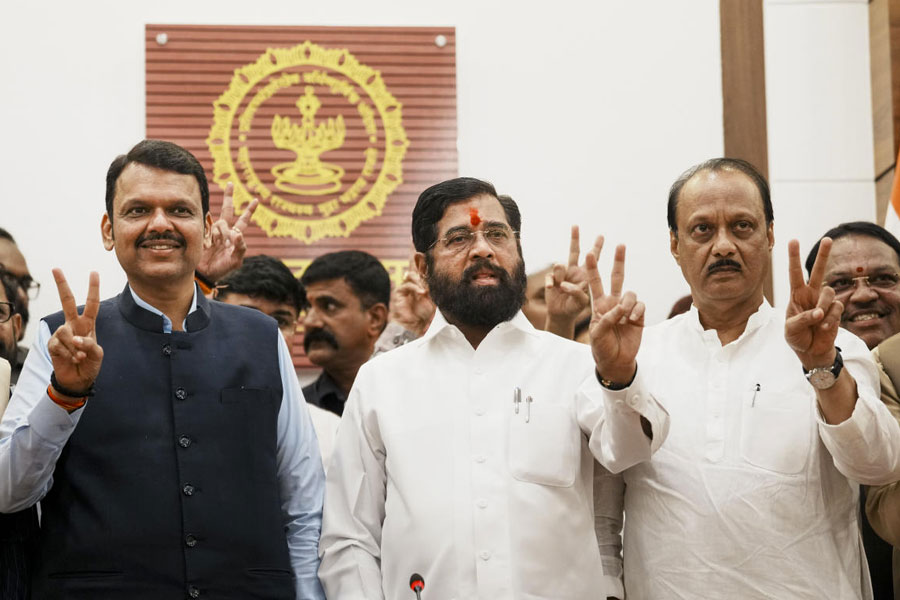Kamala Harris will forever have “first” attached to her name — the first woman, the first Black American and the first person of South Asian descent to serve as Vice-President of the United States.
If the Joe Biden administration’s choices for cabinet members and senior officials are approved, many of them will also be firsts — including the first Black, Latino, Native American, female and openly gay and transgender leaders to serve in various positions.
“This cabinet will be the most representative of any cabinet in American history,” President Biden has said. “We’ll have a cabinet of barrier breakers, a cabinet of firsts.”
People celebrate firsts because they are momentous, and they signal progress and representation for people who have not had power before. But the presence of a first can do only so much. True change, political scientists say, comes when the paths to power allow others to follow and reach a critical mass, making the facts of their identities no longer notable in the first place.
“It’s important to recognise it, acknowledge it, celebrate it,” said J. Jarpa Dawuni, a political scientist at Howard University and director of the women and gender studies collective there. “But as much as it’s seen as an individual achievement, it’s also a collective achievement, because there are many other people who have fought and built the foundation that made this possible. And it’s also very important to recognise that these achievements are always achievements that can be taken away if we don’t work to sustain it.”
Harris acknowledged as much in her acceptance speech after the election. “While I may be the first woman in this office, I will not be the last,” she said. She cited “the generations of Black women, Asian, white, Latina, Native American women who throughout our nation’s history paved the way for this moment”.
Political scientists think about how representation matters in three main ways. The first is symbolic: how a person in a position of power influences attitudes, breaking stereotypes or convincing others that they, too, could be in such a role.
Research from around the world has demonstrated a role model effect. Seeing someone like yourself attain high office can spur you to participate in politics or pursue a leadership position.
“There’s a lot of empirical evidence that you can’t be what you can’t see,” said Amanda Clayton, a political scientist at Vanderbilt University. “Citizens get used to seeing women in certain places, and I think once your idea of who can lead changes, there’s more demand for it. My students that grew up in the Obama era can’t imagine two white men on a ticket.”
Political scientists also look at the number of people from various groups who serve in office, a type of representation known as descriptive.
“The biggest change I’ve seen in the Democratic Party in the last 10 years is this recognition that it has to look like the electorate,” Professor Clayton said. “Choosing a cabinet that’s gender balanced and that has diversity in other ways — we can celebrate these first historic moments, but this attitude is here to stay.”
The final way political scientists think about representation is substantive: how leaders’ identities shape which issues they pay attention to and how they do their job.
Policymakers bring their own experiences and backgrounds, whether as a woman with children or a Black person who has experienced racism. There is evidence that women tend to govern in a more collaborative and bipartisan way, and push for more policies meant to support women, children and social welfare.
New York Times News Service










